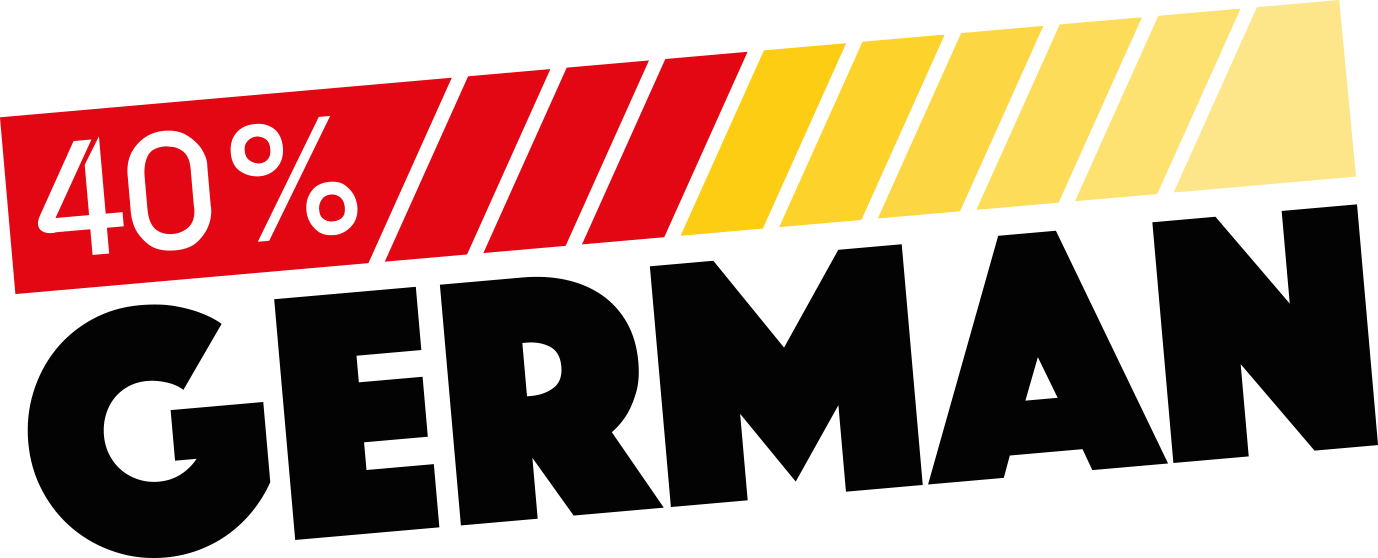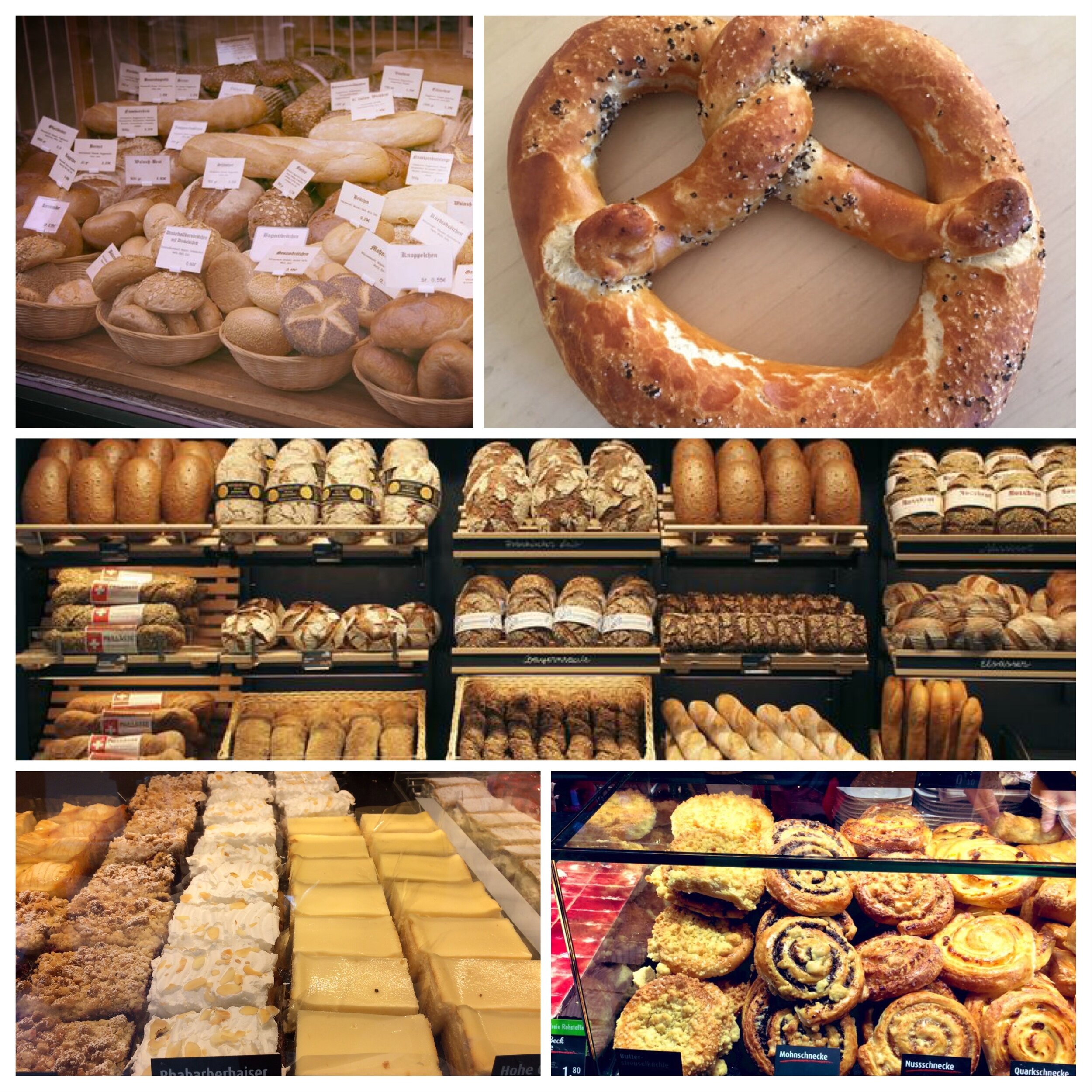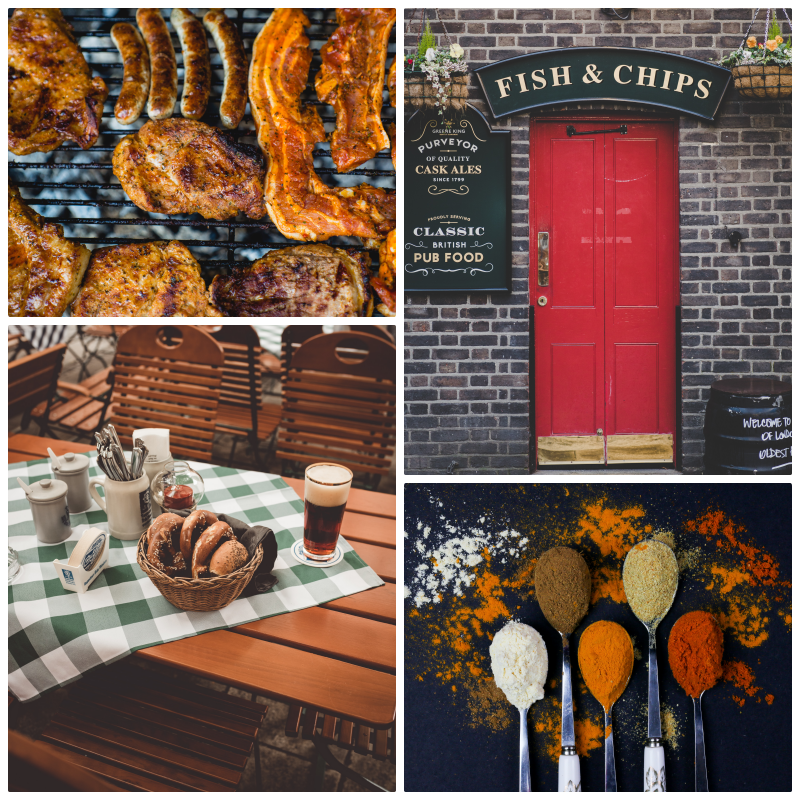When Bread isn’t Bread
When a German offers you toast, it’s worth asking what they mean. This might seem like a strange piece of unsolicited advice, but in a country that revolves around hyper specific nouns, it’s useful. Toast in Germany isn’t always the piping hot, butter-smothered delight that is the staple of British and American breakfast tables. More often than not, someone is referring to a low quality pre-packaged, pre-sliced, and heavily processed product. Toastbrot (Toast Bread), in the eyes of most Germans, is not really bread at all. It might seem odd that Germans make such a distinction between bread and toast, but one trip to a German bakery quickly clears up the confusion.
Most bread bought in Germany is bought from a dedicated bakery, and not in a supermarket. Regional chains dominate, although in rural areas and in most cities there are still a number of independent bakeries. Quality is prized, despite most bread being made using industrial processes. Regional variation and the different approaches from town to city mean that German consumers may buy bread from more than one store. I know many people who buy their Brezels in one place, and their loaves and bread rolls in another. This is quite different from the UK or the US, where most people pick up bread from the supermarket. Discount German supermarkets have increasingly phased out bakeries, preferring to sell in-house products, but most larger supermarkets have a separate bakery chain either inside the store or just next door to it.
German bakeries aren’t just about bread either, their cake sections are a thing of beauty too. When I’m feeling particularly callous, I upset British friends by sending them pictures of amazing cake displays. Café culture is strong here, especially in the south, where the first hint of warm weather sees customers quickly filling up seating areas outside. The grip of the bakery/café on the German consumer is so powerful, that even global behemoths such as Starbucks have been unable to dominate as they have in many other parts of Europe. For example, Britain has roughly 884 Starbucks locations, Germany only has 168. The unique selling point of Starbucks is the replication of the Italian-style café, but in Germany, this isn’t unique. Germany already has a similar culture, plus a better range, and crucially, a better standard of quality than their American rival.
The result of such a competitive market means that Starbucks is effectively a niche product, which seems to lean more on elaborate product innovations, from cold brew to sweet, cream-topped concoctions. German bakeries rarely innovate, they know their customers well, and what German consumers seem to want is more of the same, or as the introduction of the Pfefferbreze shows, something the same with a slightly different flavour.
With German bakeries in such an unassailable position, and with quality such an important factor for customers, it’s no surprise that Germans make the clear distinction between bread and toast. Toast bread is often not seen as even having a connection to German baking culture, since it was an American import after WWII. Some Toastbrot brands actively promote this connection, putting the American flag on their packaging, indicating exactly which country inspired production. In turn, this can lead to a level of arrogance. Germans are not shy in describing the poor quality of other countries' bread, especially when it comes to the USA. Such a strong mental connection between low quality and US bread, leads many Germans to conclude that all US bread is mediocre, even if the closest they’ve got to the US is a late night rerun of Magnum PI.
Technically, there’s some truth in this belief. Food standards in the US are lower than they are in the EU and many American bread producers have no qualms about including dangerous chemical ingredients for the sake of profit and consistency of production. The Food and Drug Administration (FDA) is responsible for regulating US consumer goods, but has been criticised for being too lax. Yet it’s lazy to assume that American consumers are ignorant or easily pleased. Movements towards traditional baking and a focus on artisanal production means that consumers now have more choice, but of course that comes at a price. This will be familiar to most German bread lovers too: quality is king, but only if you pay more. It’s nice to imagine that Germany is a land of super healthy, organic vegetable eating, quality bread-consuming patrons, but that would be untrue. If you live on a tight budget, that BIO loaf of bread at €5 makes little economic sense.
Moreover, to say that the US has no bread culture, as I have heard some declare, is a fallacy. Unsurprisingly, the US market isn’t catering to German consumers. From Cornbread, to Biscuits, to sourdough, and Hawaiian bread, the US certainly has a domestic bread culture that’s as interesting as Germany’s. In addition, due to the migration of Europeans in the 19th century, the US has a European baking culture too, with French patisseries to rival anything in Paris (if you doubt me, check out La Bergamote), as well as some of the most amazing Kosher bakeries.
It’s tempting to assume that German bread is the best in the world, especially if, as I did, you live on mass produced sliced loaves for much of your life. Toastbrot is maligned in Germany as a poor cousin of the high-quality offerings of the average German bakery, but it should always be remembered that it is still produced and aimed at the German consumer. Branding products with an American flag doesn’t make the product American, in the same way that declaring “made in Germany” doesn’t necessarily mean it’s a German favourite (I’m looking at you German Smoked Cheese). It also has its uses - try making beans on toast, cheese on toast or a humble toasted sandwich with Bauernbrot - it won’t go well. As understandable as it is to favour local products, remaining open to variety and innovation from other countries is never a bad thing.
Proofreader: @ScandiTina









